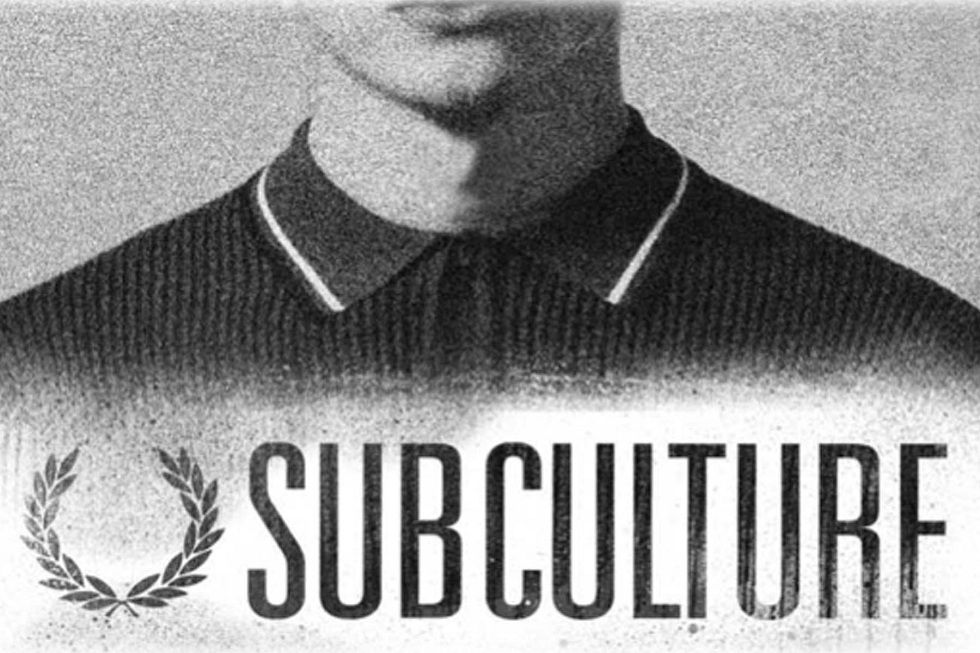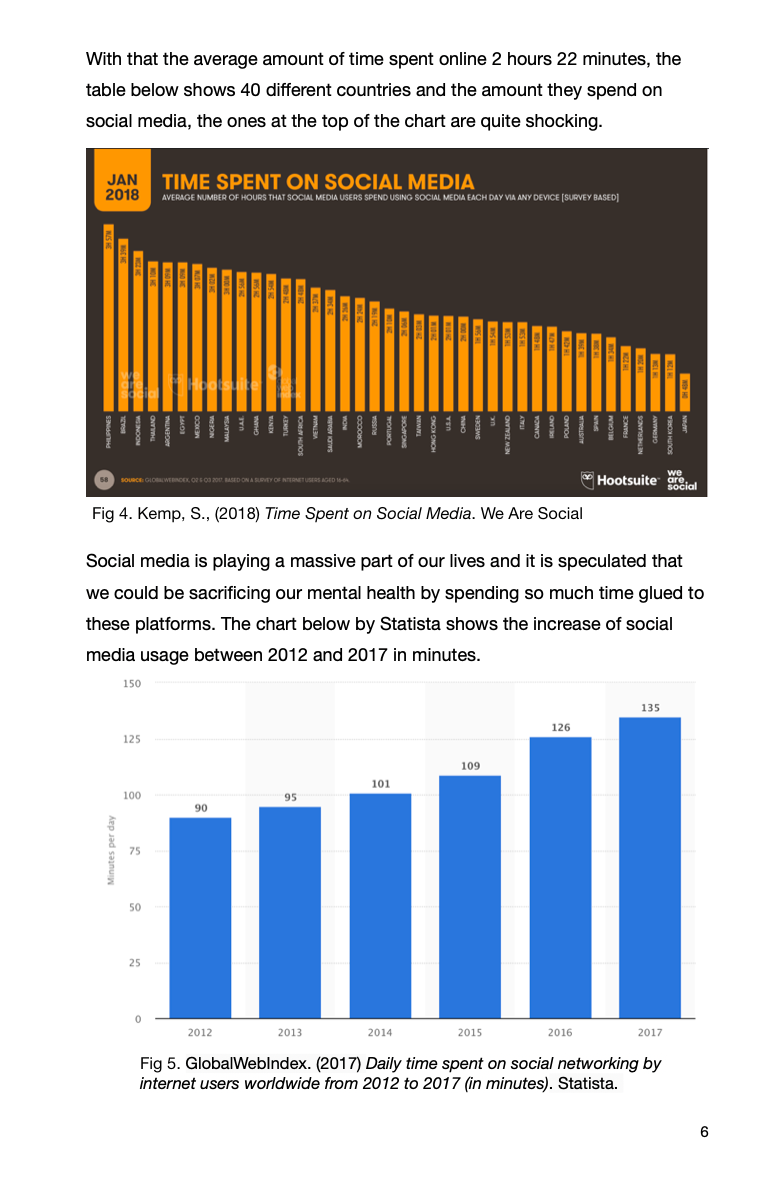Subcultures
- hannahcranshaw
- Nov 15, 2018
- 5 min read
What is a subculture?
They are defined by shared interests, with a distinctly different culture with a form of resistants that works against the dominant culture.
Examples of subcultures:
Casuals - sportswear being fashionable before chavs
Beatnik
Glam Goth
New Romantics
Goths
Northern Soul
Health goth (black sportswear)
Normcore (no brands)
Hypster
Off white - street
Hype kid
Talking about style cultures
We looked at Fred Perry as they have been very influential in regards to subcultures.
Fred Perry was the son of a Stockport cotton spinner who later went on to become a world table tennis champion at a very young age. He then switched to lawn tennis and won Wimbledon three times. Perry was approached by Tibby Wegner, who was formerly Austrian football player, in 1952 with the idea of launching their own fashion brand. The company was bought by 1995 by Hit Union, its Japanese distributor

Fred Perry Videos - history in a subcultural context
Video 1 - born to be wild -
Teddys boys came from the edwardian style - working class people who had money in their pockets that wanted to mess with the class system
Notting Hill Riots
The rocker wanted something that wouldn't be destroyed easily, they embraced one of the best britain's inventions, the motorcycle (cross reference) - there was a generation gap as no parent wanted their son to lounge around in oil covered jeans and ride a motorcycle all day and get in fights
Skinhead - football hooliganism
All of these are started by a few kids wanted to be different
All they've got is what they stand up in and they want to be special so they work with what they've got
The self as others
‘Otherness is a fundamental category of human thought’. Thus it is that no group ever sets itself up as the One without at once setting up the Other over against itself’ De Beauvoir 1950 - feminist theorist
Here, De Beauvoir talks about Woman being set as the other of Male, and as dominant, Masculinity becomes the holder of all of the power - PATRIARCHY
To define yourself as ‘other’ means a rejection of the dominant ideology in whatever are we are talking about.
Storming vs norming - wanting to be different vs going with the ‘normal’ way of life
The forming–storming–norming–performing model of group development was first proposed by Bruce Tuckman in 1965, who said that these phases are all necessary and inevitable in order for the team to grow, face up to challenges, tackle problems, find solutions, plan work, and deliver results.
Intertextuality
Fred Perry video 2: Subculture
Modernists/stylists - Mod - the scooter is a very important part of being a mod as it means these young people no longer have to rely on their parents - very forward looks
Drugs culture created a generation gap
‘Ready steady go’ was a show where people found out how to dress and where to buy it form - however it diluted the culture and became widely diffused
Made their own little wars - wanted their 15 minutes of fame - it was fun to run round and smash things
Mod scene starts to split as people start picking up things from other cultures - psychedelic mods and skinheads
Mod is clean living in difficult situation
Intertextuality is the shaping of a text’s meaning by another text (text doesn’t have to be a piece of writing it can be an object)
Assimilation is the process of taking in and fully understanding information and ideas
Fred Perry video 3: Black ‘n’ White Riot
Punk - Wanting to scare people
Post modernist idea
An accumulation of different cultures - no one looked like each other - do it yourself influence
First time women got involved in music and playing guitars
Lots of feminists ideas actually started to be heard
Punk and reggie mixing together??
Two Tone
Air of political change - solidarity between young blacks and whites in the council areas
Bricolage is a French word - construction or creation from a diverse range of available things.
In cultural studies bricolage is used to mean the processes by which people acquire objects from across social divisions to create new cultural identities.
We can understand subcultural dressing as signifiers for rebellion, or differing ideology from the dominant hegemony. This is semiotics, and is very important in all kinds of arts practice.
In social psychology the term ‘psychological bricolage’ is used to explain the mental processes through which an individual develops novel solutions to problems by making use of using previously unrelated knowledge or ideas they already possess.
A subculture is more than just a way of dressing and styling yourself
Digital connectivity
77% of Americans have a smartphone (feb 2018)
52.2% of all internet traffic is from mobile devices
China has the most internet users in the world 746 million users annually (feb 2018) this is a small amount of their population
Active users on social media
(These are all active users that have logged in in the past 30 days)
Facebook 2.27 billion
Instagram 1 billion
Snapchat 186 million
Twitter 336 million
Pinterest 250 million
51.5 of the population has regular access to internet
Digital immigrant and digital native
“Filter bubble”
Blocking culture
Trolling
Democratised access to platforms
Filter bubble/blocking culture
Introduced by Eli Pariser in 2010 to describe how algorithms tailor content dependent on user interest.
Danger that people will only be exposed to people/content that they agree with
Has been used to explain political upsets eg Brexit, Trump election
Exploits our natural tendency to want to interact with people who think the same as us, and also avoid confrontation!
“The Internet is the first thing that humanity has built that humanity doesn’t understand, the largest experiment in anarchy that we have ever had.” — Eric Schmidt, former executive chairman of Alphabet Inc.
Global consumerism helps us be freer with how we want to express ourselves in the past you had to make more of a commitment as you couldn't afford to buy such a variety of clothes
Hybrid Identities
Vaporwave is an internet subculture which starts as a micro-genre of electronic music, but also references an ambiguous or satirical take on consumer capitalism and popular culture.
Seminar
Subcultures are a thing because there is a need to belong, identity and shock factor/tactics.
Utopia vs dystopia
A utopia will never happen as you will never happen as we would never agree on its conditions
Representation in the media
Black mirror - dystopia
Hunger games - dystopia and utopia in one
Ready player one -
Neo Luddites - skeptical about technology
Tech addicts
Subcultures now aren't as defined as they were years ago.
Modern avant-garde
It has a complex history, that started with the bourgeoisie. It's main aims were to shock.
Shock strategy doesn't last long, people get over it or it is no longer a shocking thing.
Spectacular subculture are well known subcultures.
The 'Teenager'
It wasn't a term until the 1950's,
It was an advertising scheme
It was the first time that young people had a social life separate to their parents
Punk and Shock
Started in the 70's and 80's. It was so popular in Britain as everyone hated Maggie Thatcher and wanted a voice. Punk was the first time that women were a prominent part of the culture.
Charles Saatchi
Sensation exhibition.
284,734 people went to see the exhibition over three months
Myra Harley painting was mad up of a mosaic of children hand prints. It caused some outrage, it was nearly destroyed on three occasions which only made it more popular


Comments